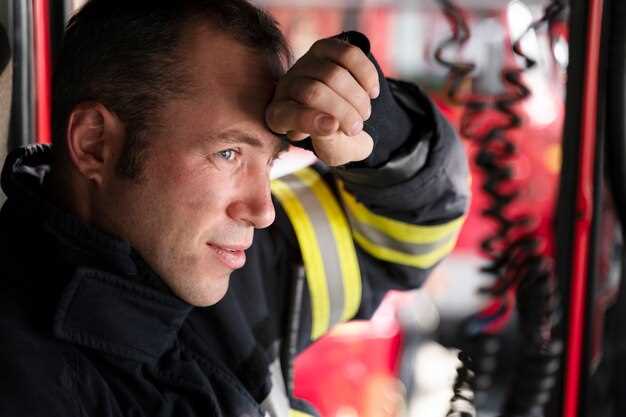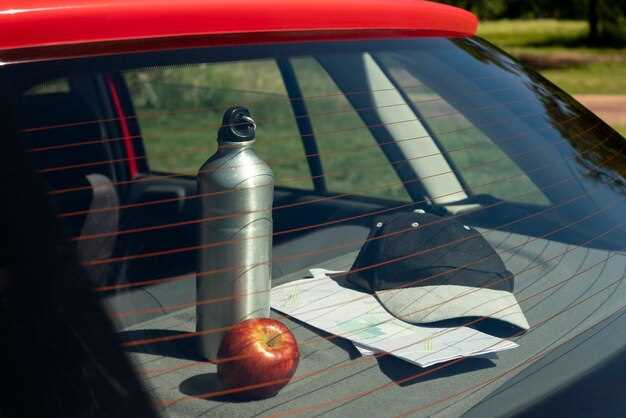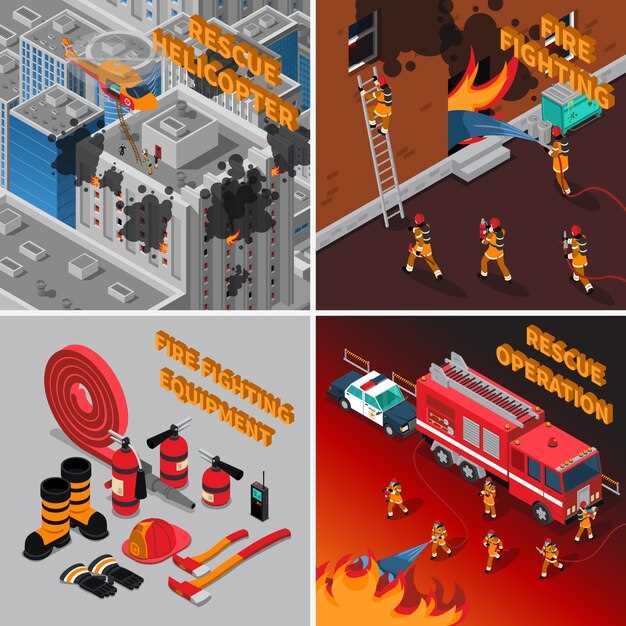
In the high-octane world of motorsports, where speed and precision reign supreme, safety measures are constantly evolving to protect drivers from the inherent dangers of racing. One of the most critical aspects of this safety evolution is the implementation of fire suppression systems. These advanced systems play a vital role in mitigating the risks associated with fire hazards that can arise during high-speed competitions.
As the performance capabilities of race cars continue to improve, so too do the potential risks, particularly the threat of fire. In the event of a collision or mechanical failure, a race car can become engulfed in flames within seconds, posing a significant threat to the driver and crew. Therefore, investing in effective fire suppression technologies is not merely a precaution; it is an essential component of modern race car safety protocols.
Fire suppression systems are designed to detect and extinguish fires quickly, minimizing damage and increasing survival rates. These systems utilize various techniques, such as chemical agents or water-based solutions, to rapidly cool the affected areas and prevent the fire from spreading. By integrating these technologies into race cars, teams can substantially enhance the level of safety for drivers, allowing them to focus on performance without compromising their well-being.
Types of Fire Suppression Systems Used in Race Cars

Race cars are exposed to extreme conditions during competitions, making fire suppression systems crucial for safety. Various types of systems are designed to minimize the risk of fire and protect drivers effectively.
- Water Mist Systems
This type uses fine water spray to cool the flames and reduce smoke. Water mist systems are lightweight and can be activated manually or automatically.
- Foam Suppression Systems
Foam agents smother fires by creating a barrier that cuts off oxygen. These systems are effective for Class B fires involving flammable liquids commonly found in race cars.
- Dry Chemical Systems
These systems utilize dry chemical agents like ABC powder. They are versatile and can extinguish various types of fires, including those from fuel or electrical components.
- CO2 Systems
Carbon dioxide systems displace oxygen to suffocate the fire. These systems are efficient and commonly used due to their rapid deployment and minimal residue.
- Halotron Systems
Halotron is a clean agent that effectively suppresses fires without leaving a residue. It is ideal for protecting sensitive electronics in modern race cars.
Each type of fire suppression system offers distinct advantages and may be used alone or in combination to enhance safety. Teams often choose systems based on the specific risks associated with their vehicles and race conditions.
Installation Guidelines for Optimal Fire Safety in Racing Environments
To ensure maximum fire safety in racing environments, careful consideration must be given to the installation of fire suppression systems. The first step is to assess the specific risks associated with the particular racing activities and vehicle types involved. This assessment should inform the selection of appropriate fire suppression agents, which can include foam, dry chemical, or water mist systems.
Proper placement of fire extinguishing equipment is critical. Install fire suppression systems within easy reach of all team members, ensuring they know the locations. Additionally, systems should be strategically positioned to cover high-risk areas, such as fuel lines and engine compartments, where fire initiation is most likely.
Regular maintenance and inspection of installed systems are essential for optimal functionality. Schedule routine checks to ensure that all components, including hoses, nozzles, and extinguishing agents, are in good working condition. This proactive approach helps to identify potential issues before they lead to failure during a critical moment.
Training personnel on fire safety protocols and the operation of suppression systems cannot be overstated. Conduct drills to familiarize team members with emergency procedures, ensuring everyone knows how to respond swiftly in a fire event. Implementing these training sessions enhances overall safety and preparedness on race day.
Lastly, adhere to all local regulations and industry standards regarding fire safety in motorsport. Compliance not only enhances safety but also ensures that racing organizations maintain their reputations and protect their participants effectively. Establishing a comprehensive fire safety plan that incorporates these guidelines will significantly improve safety measures in racing environments.
Maintenance Practices to Ensure Reliability of Fire Safety Systems

Regular inspection of fire suppression systems is crucial for their effective operation. Conducting scheduled checks ensures that all components, such as hoses, nozzles, and extinguishing agents, are in prime condition. Technicians should verify that each part meets manufacturer specifications and is free from wear or damage.
Testing the activation mechanisms regularly allows for immediate detection of potential failures. This includes checking electronic controls, mechanical actuators, and manual pull stations. Ensuring these systems can be triggered reliably under race conditions is paramount for driver and crew safety.
Maintenance of fire extinguishing agents is another key practice. Servicing agents involves checking expiration dates and ensuring proper storage conditions. Fire suppression systems must be recharged or refilled in accordance with prescribed schedules, particularly following deployment during drills or emergencies.
Documenting all maintenance activities is essential for tracking the system’s reliability over time. Maintaining logs of inspections, repairs, and tests provides insights into performance trends and identifies areas requiring attention. This comprehensive documentation supports compliance with safety regulations and aids in audits.
Training personnel on the operational aspects of fire safety systems is vital. Regular training sessions ensure that staff are aware of system capabilities and limitations. Understanding the technology enhances response efficiency during critical situations, significantly improving safety outcomes.
Finally, it is important to engage professional fire safety experts for periodic reviews. These assessments can uncover hidden faults and recommend upgrades to keep systems current with evolving safety standards. Collaborating with specialists ensures that fire suppression systems maintain their integrity and functionality under extreme racing conditions.




